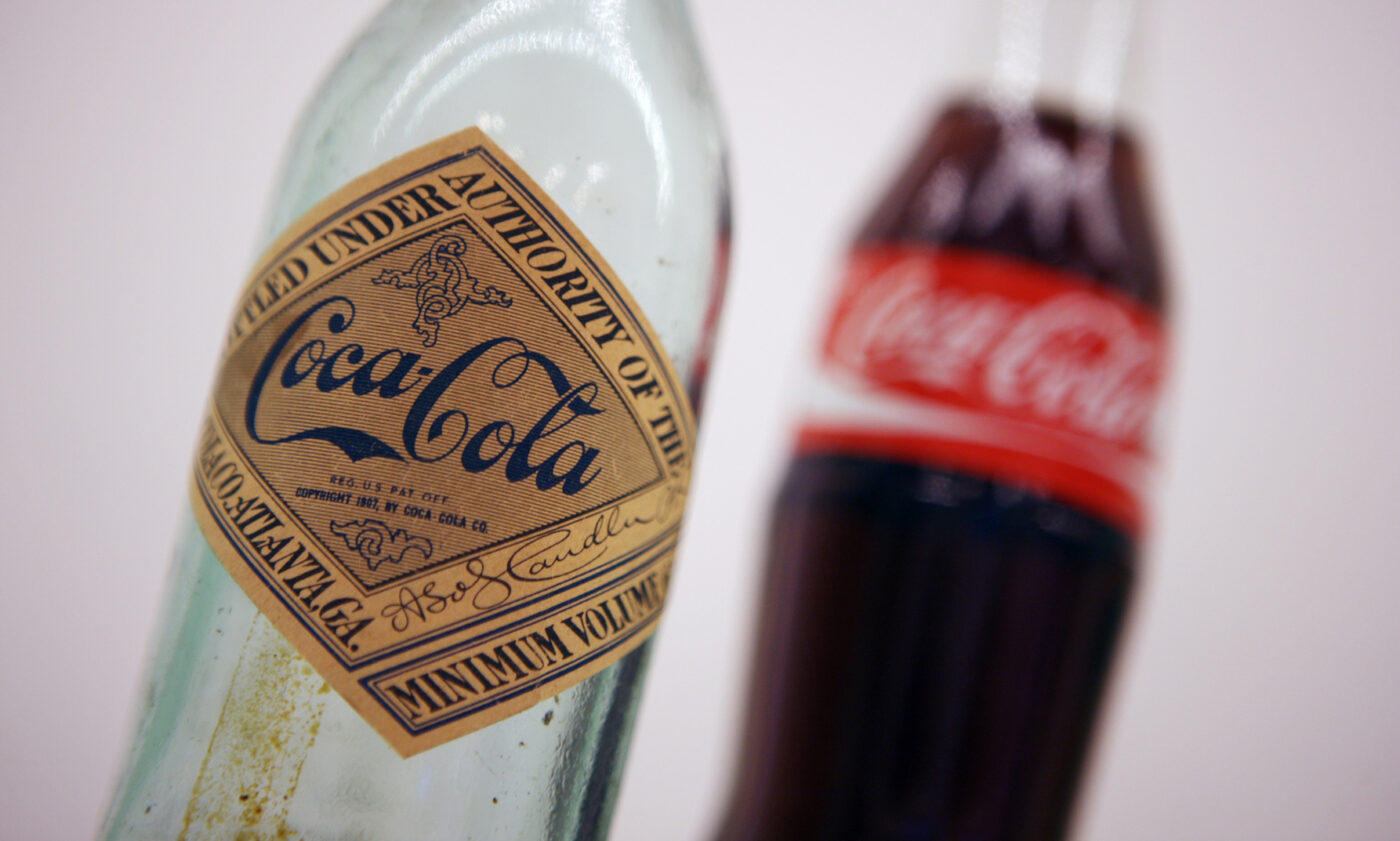
If you have a fascination about the production side of industry, a plant visit is one of the more exciting places to visit as a photographer. But the modern industrial process, whether it’s producing cars or card, has a certain commonality: Everything is hewn from a frantically busy, noisy, packed environment filled with gleaming machinery, whirling and crashing, and you’re very glad of the ear defenders that are obligatory in these environments. And without exception, wherever in the world, the places I have had the privilege to visit have safety right at the top of the menu. You see signs, posters, checks, to keep everybody safe as they work. Except often there really aren’t that many people at all. Considering all the machinery you watch in amazement, it does appear to be able to function independently of human interaction. Obviously, that’s not the case, and there are teams of specialists checking every aspect of the process, ensuring safe work practices, as well as monitoring the rate of production and quality of the products.
But away from all things whirring, crashing, and smacking in a noisy cycle to forge those products the world loves to enjoy, own, buy, every plant I’ve ever visited has an ‘inner sanctum’. Here you can dispense with all the ‘Personal Protective Equipment’, take off your hard hat, or hair net, and at last remove those slippery plastic covering for your boots, and perhaps enjoy a moment of reflection. On the walls are often depicted photographs of the heritage of the company, there might be industry awards lining shelves, internal corporate recognitions displayed, employees’ beaming portraits highlighting some special service. And often these areas are surprisingly quiet, considering you have only come just a few short steps from the factory floor. These are special places, for guests, visitors, the leaders in the business, and in that indefinable status you have as the photographer, neither hallowed employee, special guest, or senior leader, you are granted access. But this doesn’t tend to be a place for photography. Like the ‘staff room’ of a busy school, it’s not a place where a schools’ photographer would work, he’d be out in the grounds, or the classroom with the pupils hard at work.
Yet here I am to take pictures, here in Zwijnaarde bottling plant, Ghent, Belgium. The statistics are hard to grasp. Millions and millions of bottles, twelve product lines, over 300 million liters of liquid, all in a plant that has seven production lines working seven days a week, continuously, in strangely almost medically clean conditions, and because the lines of bottles being filled are not glass bottles, the whole process is actually uncommonly quiet. And as you step away from all this, and away from the shop floor, there are rooms that do more than show a few cups here and there, an old advertising campaign poster perhaps, there is a museum dedicated to the legacy and heritage of this arguably most recognised global brand ever. Once working in the Mara Reserve in Kenya, with some of the most water-starved communities in the world, to photograph the opening of a new borehole as part of a Corporate Social Responsibility Programme for another business entirely, the village elders produced something very special for me, the guest, the photographer, a jacket immaculately sewn with beads which I treasure to this day, and a decidedly warm glass bottle of Coca Cola, handed to me as reverently as you might rare vintage champagne back in London.
Back in Ghent, I set up the camera on the tripod, adjusted the lights, and began to take pictures of the displays, watched carefully by staff. As it often is with photographers, things just weren’t quite right, and happily, all the various bottles on display were not protected by glass cases, hidden behind perspex, they were arranged on shelves. All I needed to do was to reach out and just adjust each bottle so that they lined up perfectly for that shot. As I reached out my hand to adjust one bottle from the lineup, showing the oldest bottle, dating back from around 1900, to see a more modern PET bottle, still in that iconic shape, there was a squeak from behind me. Having been so quiet for so long as I worked, I had completely forgotten the person in charge of all these objects was just over my left shoulder: What on earth was the problem?
Most bottles of liquid would be valued by the nature of their contents, a Napoleonic brandy perhaps, a Victorian wine discovered in the cellars of some stately home. This bottle of Coke, I was told in a hushed tone of horror, this bottle I was about to touch was hard to value. But to give me some idea, as it represents the only example in existence, when a similar, less perfect example came to auction back twenty-odd years ago, it had reached a price in excess of $200,000. Probably best I just photograph the bottle where it is. Carefully.

